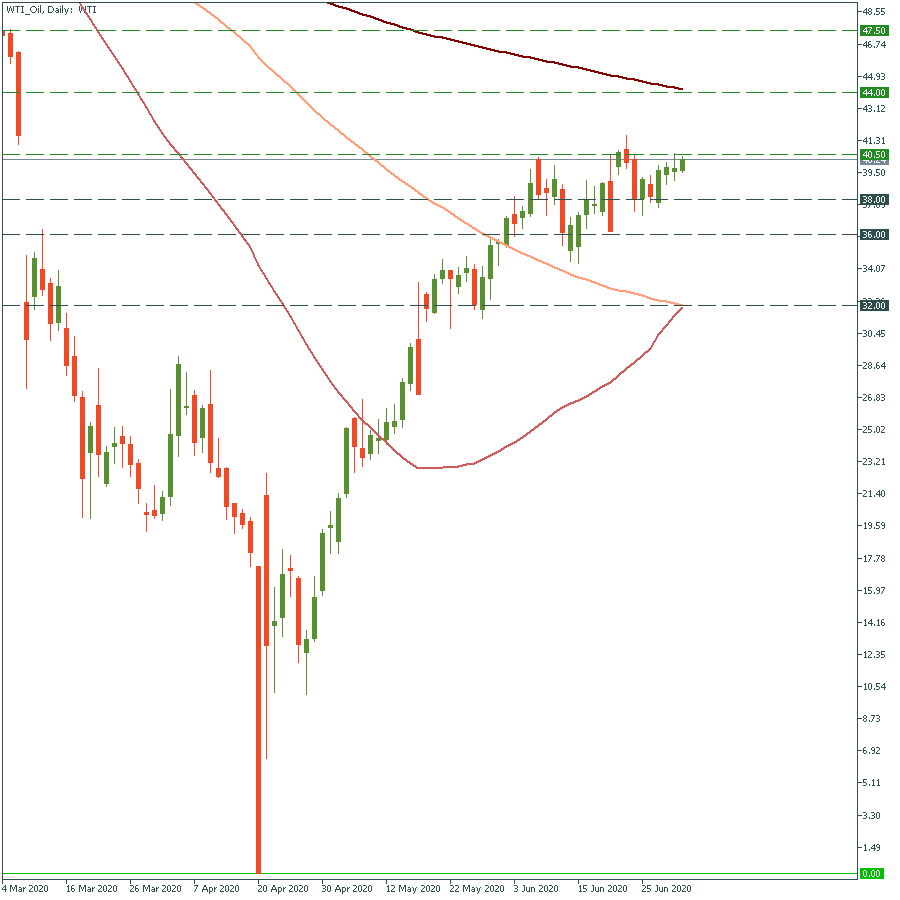
The G20 summit took place in Bali, Indonesia, on November 2022…

Don’t waste your time – keep track of how NFP affects the US dollar!
Data Collection Notice
We maintain a record of your data to run this website. By clicking the button, you agree to our Privacy Policy.

Beginner Forex Book
Your ultimate guide through the world of trading.
Check Your Inbox!
In our email, you will find the Forex 101 book. Just tap the button to get it!
Risk warning: ᏟᖴᎠs are complex instruments and come with a high risk of losing money rapidly due to leverage.
71.43% of retail investor accounts lose money when trading ᏟᖴᎠs with this provider.
You should consider whether you understand how ᏟᖴᎠs work and whether you can afford to take the high risk of losing your money.
Information is not investment advice
Coronavirus and massive oil oversupply was a once-in-a-generation coincidence. Is the worst over?
This year has been really tough for most industries. However, the oil sector was the most affected. The coronavirus forced countries to shut all factories and people stay at home. That in turn reduced the oil demand enormously. The International Energy Agency revealed that the oil demand was 17.8 million barrels per day lower in comparison with the same period last year. Moreover, two oil giants: Russia and Saudi Arabia couldn’t agree to cut oil supply in time. As a result, the oil market crashed and oil prices even fell below zero in April. At the same time, oil showed the best performance in the second quarter(Q2) in over 30 years. It managed to grow to $40 a barrel. Brent crude oil futures surged more than 80% in the second quarter. US West Texas Intermediate futures rose by 91% in the Q2. However, despite that rebound, oil prices are still well below pre-crisis levels.
According to Stephen Brennock, oil analyst at PVM Oil Associates, the rest of the year may bring new downturns to the oil market. US president elections and fears of the second virus wave may deteriorate the market sentiment, that can push oil prices down again. In addition, OPEC+ is already considering to ease oil cuts, that could weigh on oil prices, as well. Energy giant producers BP and Shell gave dire perspectives - they both expected the full oil recovery just to 2050. Those forecasts are too much negative. For example, Commerzbank reassured that OPEC+ would have the oil market under control, even if the fresh coronavirus outbreak happens. Moreover, the demand is slowly recovering together with the global economic reopening. Also, crude oil inventories came better than analysts expected. They contracted by 7.2 million barrels, while the forecast was only the 900 000 drop.
Let’s look at the WTI oil chart. The encouraging oil report pushed the price upward. If it breaks through the high of June 22 at $40.5 a barrel, it will clear the way to the next resistance at the 200-day moving average at $44. The next resistance will be at $47.5. Support levels are $38 and $36. Follow further news!
To trade WTI with FBS you need to choose WTI-20Q.


The G20 summit took place in Bali, Indonesia, on November 2022…

The deafening news shocked the whole world yesterday: the British Queen Elizabeth II died peacefully at the age of 96…

After months of pressure from the White House, Saudi Arabia relented and agreed with other OPEC+ members to increase production.

eurusd-is-falling-what-to-expect-from-the-future-price-movement

Greetings, fellow forex traders! Exciting news for those with an eye on the Australian market - the upcoming interest rate decision could be good news for Aussies looking to refinance or take out new loans. The Mortgage and Finance Association Australia CEO, Anja Pannek, has...

Hold onto your hats, folks! The Japanese yen took a nosedive after the Bank of Japan (BOJ) left its ultra-loose policy settings unchanged, including its closely watched yield curve control (YCC) policy. But wait, there's more! The BOJ also removed its forward guidance, which had previously pledged to keep interest rates at current or lower levels. So, what's the scoop? Market expectations had been subdued going into the meeting, but some were still hoping for tweaks to the forward guidance to prepare for an eventual exit from the bank's massive stimulus
Your request is accepted.
We will call you at the time interval that you chose
Next callback request for this phone number will be available in 00:30:00
If you have an urgent issue please contact us via
Live chat
Internal error. Please try again later